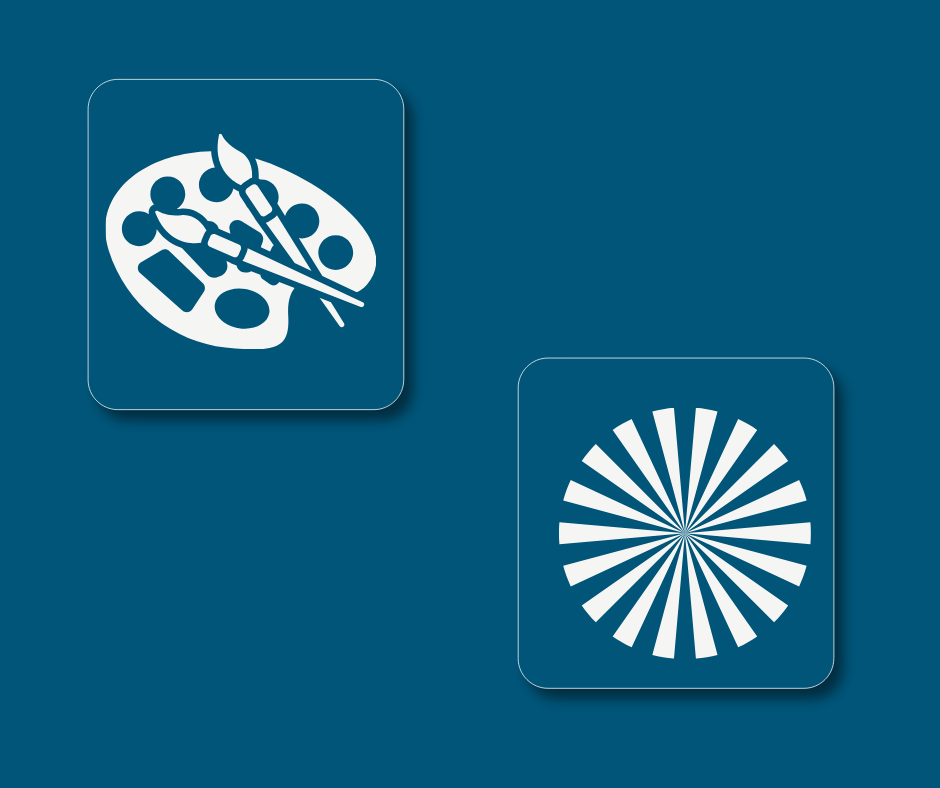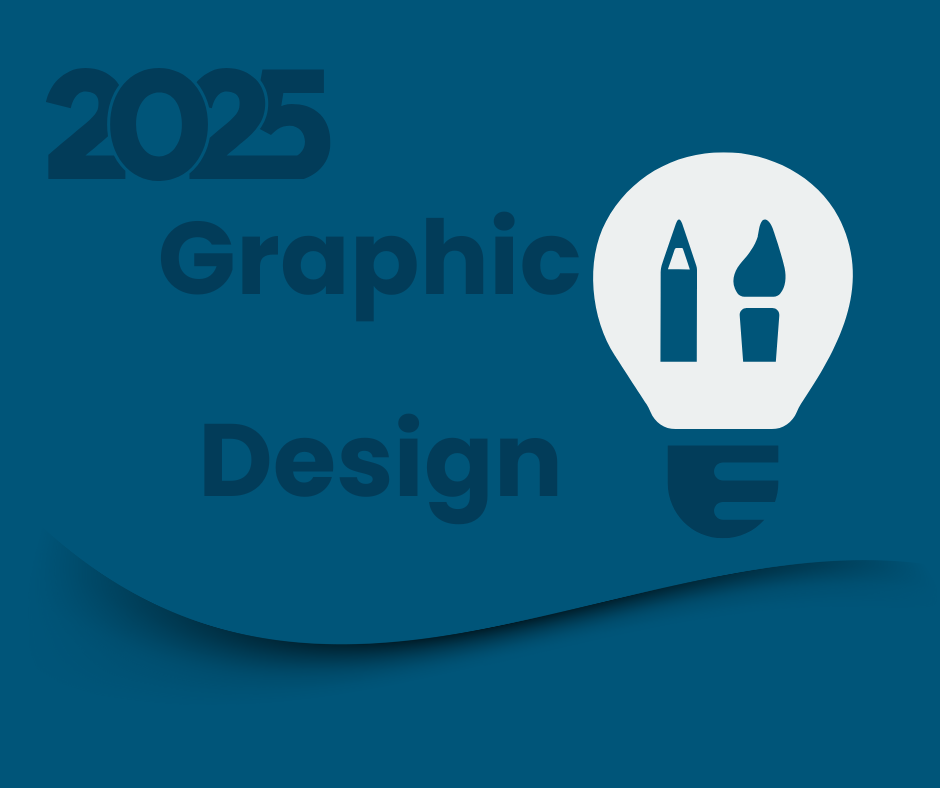By 2025, motion graphics will no longer be just a visual art form but a technological storm that merges human creativity with the power of algorithms. Technologies such as Artificial Intelligence (AI), Augmented Reality (AR), Virtual Reality (VR), alongside 3D graphics and intelligent visual effects, are weaving a new fabric of visual awe. This era redefines "motion" itself; content is no longer just designed but interactively generated, adapting in real-time to each viewer, as if it were a living digital entity!
Whether you're a beginner seeking inspiration or a professional striving to stay ahead, here you'll find a smart roadmap to ride this technological wave before it reshapes the game once again. Are you ready to leave your mark in an era where reality blends with imagination? Keep reading.
Table of Contents:
- How is 2025 Redefining "Motion Graphics"?
- Amazing Technologies Dominating the Motion Graphics Industry in 2025
- The Impact of Motion Graphics Evolution on Industries in 2025
- What Awaits the Motion Graphics Industry Beyond 2025?
- Conclusion

How is 2025 Redefining "Motion Graphics"?
Motion graphics have transcended the barrier of manual design to become an intelligent tool that generates content automatically. The role of the designer has shifted from executing details to being a strategic planner who sets creative frameworks. Instead of drawing each frame, the designer defines technical parameters (such as lighting, timing, and narrative flow) for AI technologies like RunwayML, which then crafts the entire scene and adjusts it instantly based on viewer feedback.
Amazing Technologies Dominating the Motion Graphics Industry in 2025
The motion graphics industry today exceeds all expectations thanks to three revolutionary technologies that have transformed it from a visual art form into an intelligent system that interacts with reality. Here’s how these three technologies are driving this transformation:
1. Generative AI:
Generative AI has revolutionized motion graphics. It is now possible to generate highly realistic motion simulations, complex procedural designs, and display them in real-time using smart generation techniques. This development bridges the gap between art and technology in design, enabling designers to experiment with creative ideas faster and more efficiently. For example:
- Creating new designs or images based on text or voice commands.
- Synthesizing designs that automatically adapt to user preferences and brand identity (e.g., generating custom fonts or dynamic visual themes) to deliver a unique experience for each individual.
This has accelerated production and made high-quality design more accessible to both professionals and beginners alike.
2. Mixed Reality (AR + VR):
Augmented Reality (AR) and Virtual Reality (VR) have emerged as revolutionary fields that are changing how audiences interact with visual content. AR allows the integration of animated graphic elements into the user's real environment, creating immersive and interactive experiences that blend the digital and physical worlds. By 2025, motion graphics have become an essential part of AR/VR experiences, offering a new level of immersion where viewers can become part of the story or scene rather than just passive recipients.
For example, a brand can use AR to display interactive ads that allow users to visually engage with a product through their phone or AR glasses, making the advertising experience more captivating and attention-grabbing!
3. Cinematic 3D Engines:
Motion graphics technologies are no longer limited to impressing viewers with captivating movements; they can now simulate the laws of physics and nature with a precision that rivals reality itself! Thanks to engines like Unreal Engine and Blender, you can now design virtual hurricanes destroying buildings, raging waves colliding with digital ships, or even fires engulfing an entire scene—all with cinematic quality and in a fraction of the time it used to take.
Even more exciting is the ability to modify these scenes in real-time during playback, as seen in Samsung’s recent campaign where products were showcased surrounded by virtual flames controlled by voice commands!
By combining the power of generative AI, mixed reality, and cinematic 3D engines, the motion graphics industry has transformed from a content display tool into an intelligent interface that interacts with the real world and reshapes how we perceive art and technology.

The Impact of Motion Graphics Evolution on Industries:
The influence of motion graphics technologies is no longer limited to visual aesthetics but has extended to create a qualitative shift in how content is presented and consumed. Here are the key impacts of its evolution across industries:
In E-Learning:
- Transforming lessons into immersive experiences through interactive 3D models and dynamic simulations (e.g., exploring the human heart using AR).
- Enhancing comprehension by 70% through interactive branching videos that respond to learner choices.
In Marketing and Advertising:
- Personalizing ad campaigns with AI (e.g., ads with different colors and characters for each target group).
- Increasing conversion rates to 94% using AR (as seen in Coca-Cola’s interactive campaign with digital coupons).
In Professional Training:
- Designing adaptive content that considers individual differences through deep learning algorithms.
- Using interactive scenarios to train employees in decision-making within virtual environments.
In Media and Entertainment:
- Integrating interactive 3D graphics into live broadcasts (e.g., displaying virtual models alongside presenters).
- Employing massive LED screens in film production to create dynamic virtual worlds (as seen in "The Mandalorian").
In Social Media Platforms:
- Using AI-powered generative filters to turn users into cartoon characters or add instant visual effects.
- Creating rapidly spreading trends (Trends) based on short, motion-rich clips.
Motion graphics are no longer just a visual tool but a key driver in reinventing digital experiences, turning audiences from passive recipients into active partners who shape and influence content.

What Awaits the Motion Graphics Industry Beyond 2025?
If we let our imagination run wild, with the accelerating pace of technological advancement and the blurring lines between the digital and physical worlds, we can anticipate the following key predictions for the future of motion graphics:
- AI will be capable of generating complete motion graphics content automatically based on simple text or voice commands, with precise artistic control over visual styles and rhythms.
- The emergence of "virtual designers" with programmed creative personalities, collaborating with humans on complex projects.
- The integration of motion graphics with VR, AR, and Mixed Reality (MR) to create walk-in cinematic experiences, such as virtual museums or immersive theater shows.
- The use of interactive animations in personal holograms, such as 3D virtual characters interacting with users in their living rooms.
- The development of energy-efficient motion graphics design tools, especially with the increasing use of cloud servers for rendering.
- The rise of visual trends reflecting environmental awareness, such as simulating climate change effects through interactive graphics to raise awareness.
- The design of interactive ad spaces in the Metaverse, relying on dynamic visual effects that adapt to user movements.
- The integration of motion graphics with haptic feedback technologies to deliver experiences that include touch (e.g., feeling the wind when certain visual effects appear).
The motion graphics industry will transform from "art to be watched" into "environments to be lived in," where animations become a bridge between humans and machines, and between imagination and reality.
Conclusion:
While we enjoy these innovations, a parallel challenge emerges: balancing the capabilities of machines with the touch of human creativity, and ensuring technology serves as an enabler rather than a replacement for human inspiration. As technological advancements continue, one thing remains certain: motion graphics will remain a fundamental tool for visual communication, growing in importance and impact as it integrates further with future technologies to turn ideas into stunning visual experiences.



